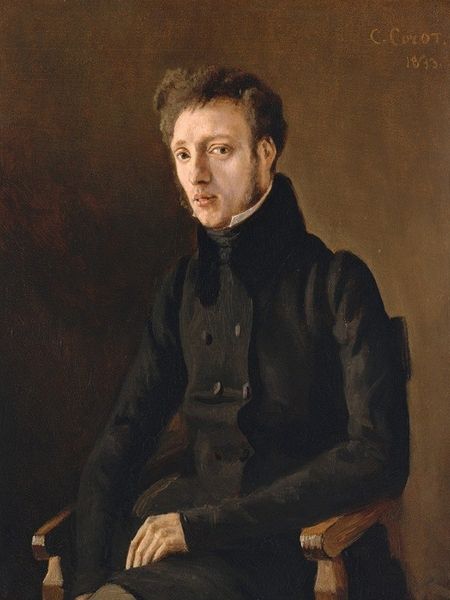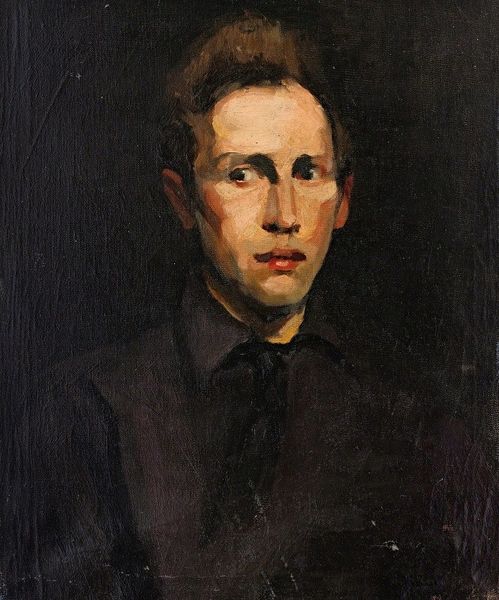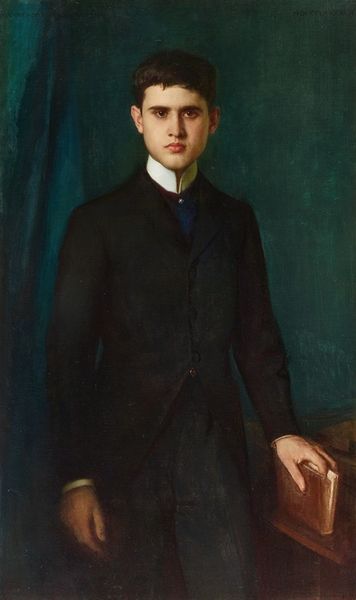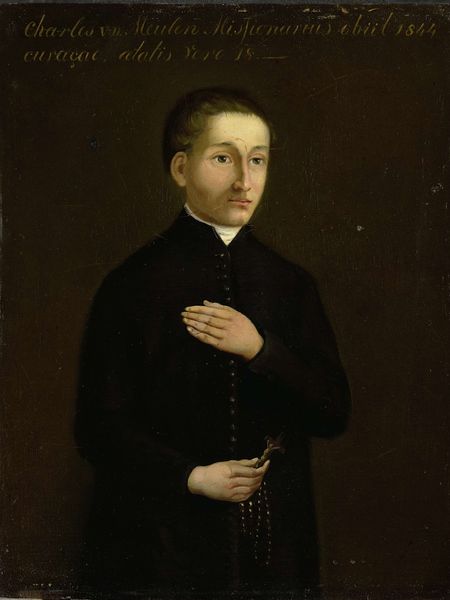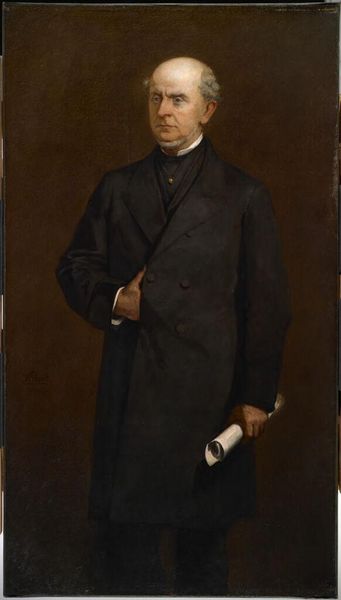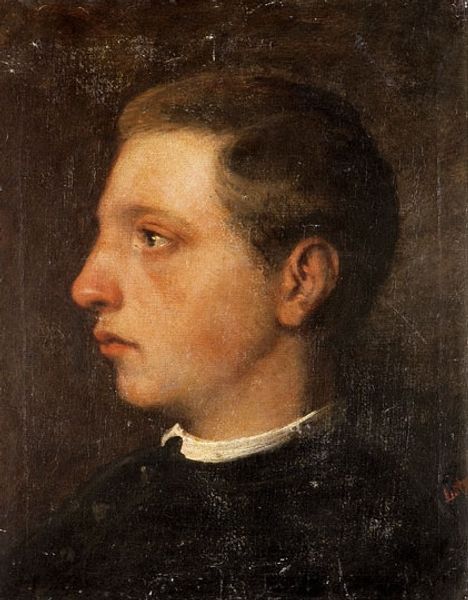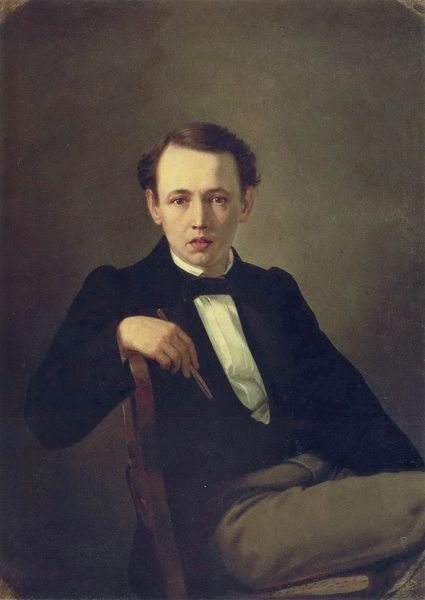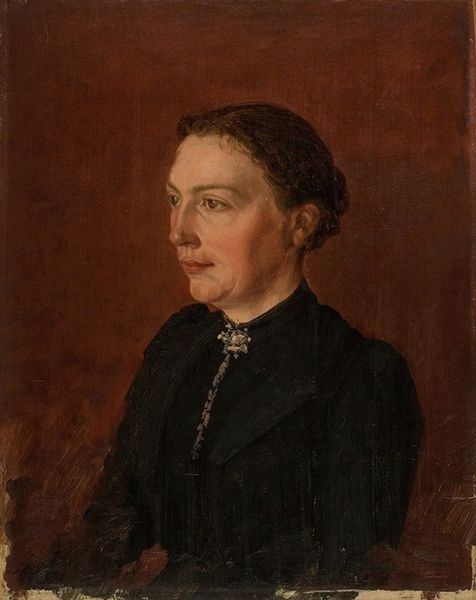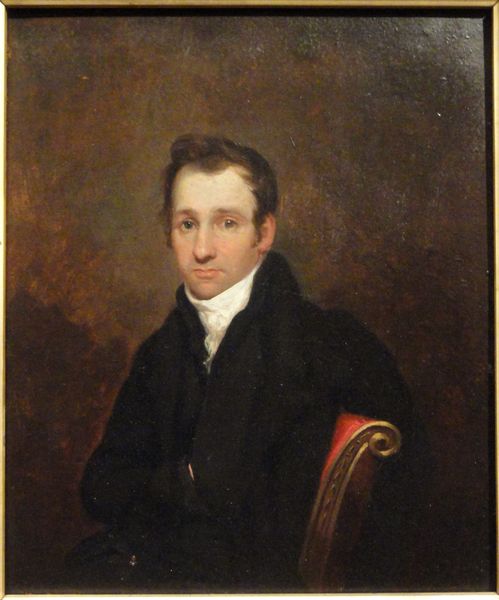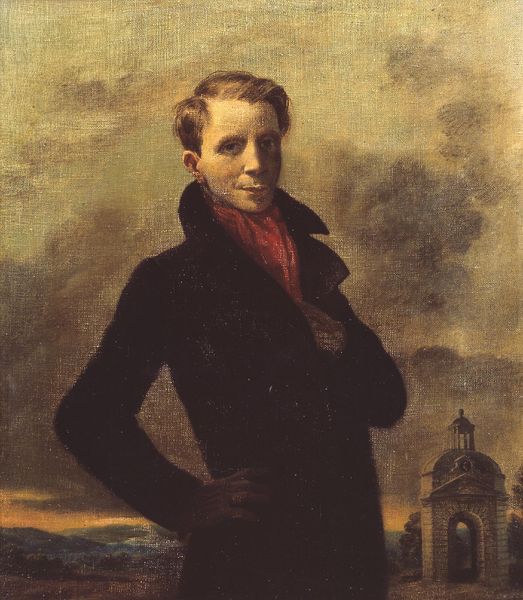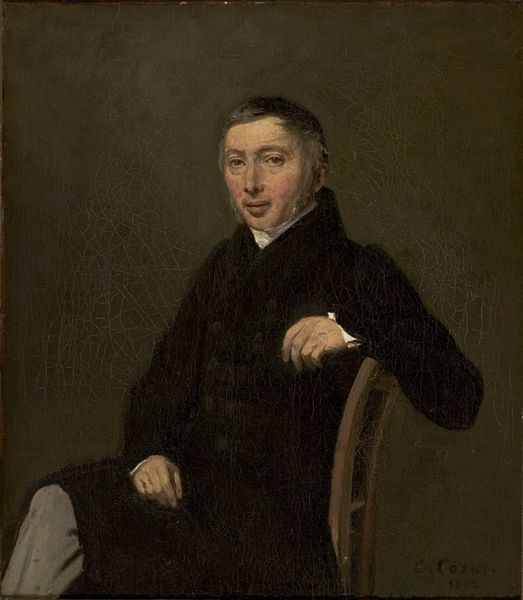
oil-paint
#
portrait
#
portrait
#
oil-paint
#
romanticism
#
history-painting
Copyright: Public Domain: Artvee
Eugène Delacroix painted this oil on canvas portrait of Count Charles de Mornay in 1837. It’s fascinating to consider this image through the lens of its time, France in the aftermath of the Revolution. Delacroix was working during a period of significant social and political upheaval, and portraiture was often used to project power and status. The subject's black overcoat and relaxed pose signal his rank, while also hinting at the changing role of the aristocracy in French society. Was this portrait intended to reinforce traditional hierarchies or perhaps suggest a more modern, approachable image of the ruling class? Delacroix’s own relationship with the establishment is key. He was not just an artist, but also a product of the French academy, an institution that shaped artistic tastes. To fully understand this work, we need to dig into historical archives, explore the biographies of both the artist and the sitter, and consider the social conditions that shaped its creation. Only then can we appreciate its full cultural and historical significance.
Comments
No comments
Be the first to comment and join the conversation on the ultimate creative platform.
